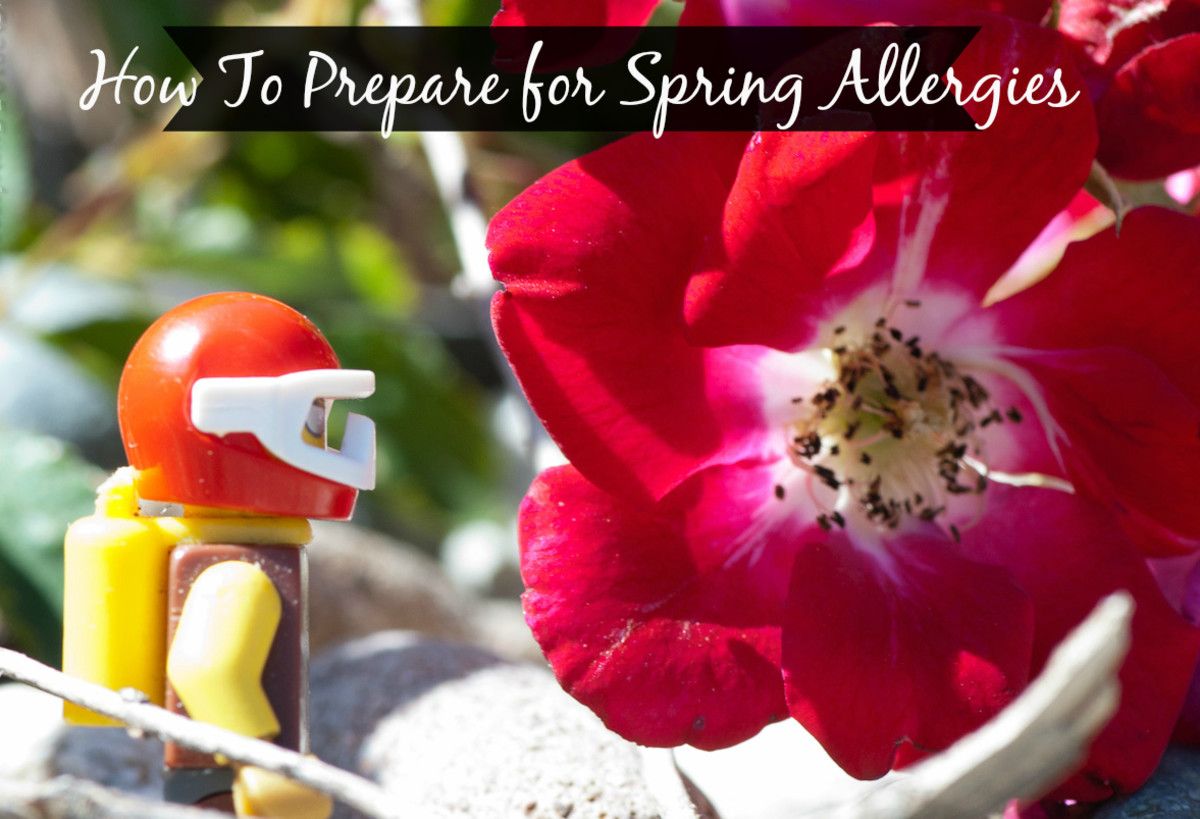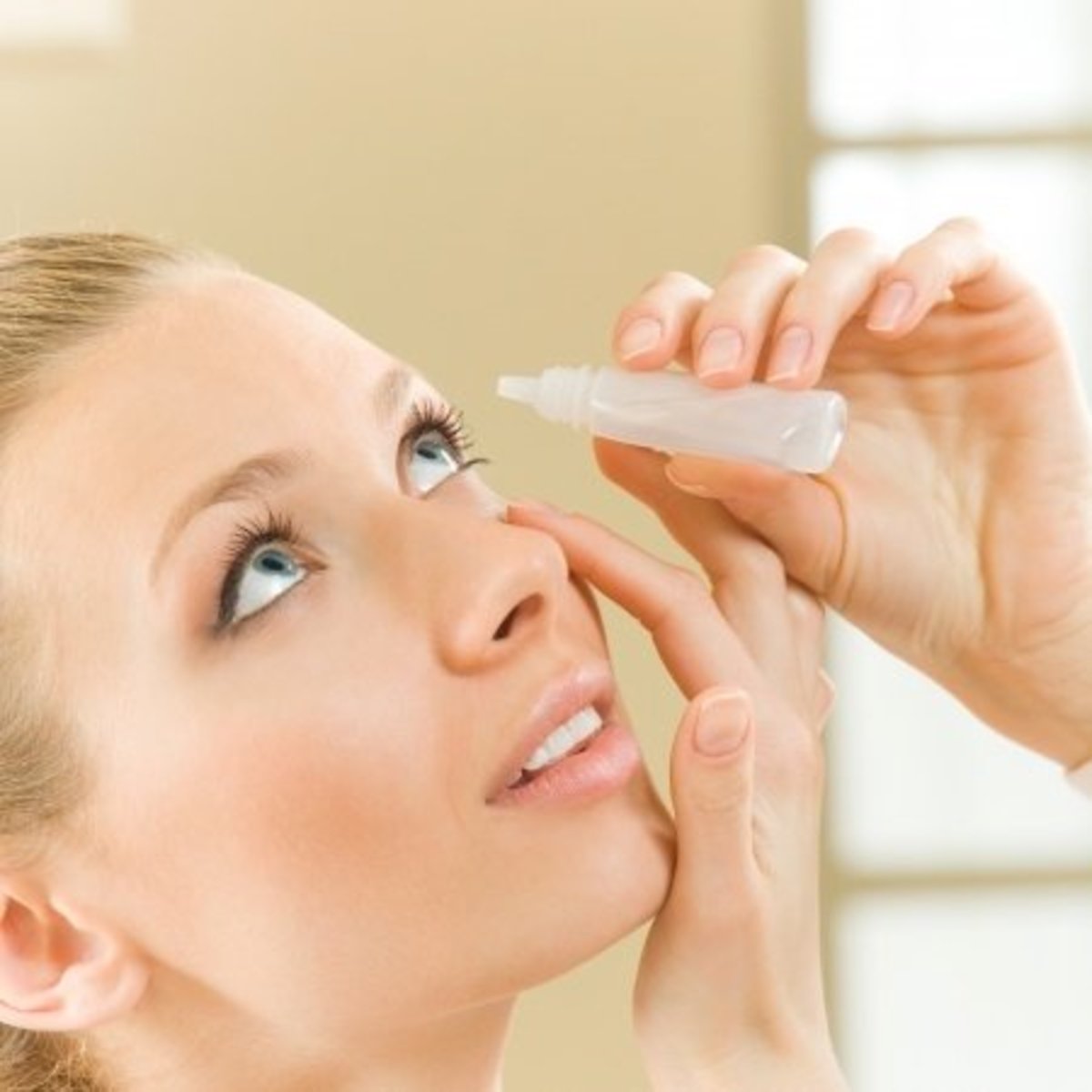Cat Allergy Tips

Studies show that around 10% of the general population suffers from animal allergies. Being allergic to cats is twice as common as being allergic to dogs.
Most homes have enough cat dander to cause an allergic reaction.
Dander, which is what most people are allergic to, is old skin scales somewhat similar to human dandruff. It is constantly being shed by the cat and ends up in our environment.
You can bet that if you have had a cat living in your home for a long period of time, their dander will be everywhere.
People who are allergic to cats will react very quickly when they walk into a room with contains cat dander. Using the symptoms include sneezing, watery and/or itchy eyes, and sinus congestion. It seems that it doesn’t take very much dander to cause a problem.
If you are a cat lover and are allergic to their dander, the bad news is that there aren’t any known breeds of cats that do not produce dander.
However, it has been found that male cats produce more allergens than female cats, so that is something to consider.
Another piece of bad news, is that even if you don’t own a cat, you can still pick up their dander on your clothes when you are away from your home as cat dander can be found in many public spaces.
Children take dander to their school on their clothes and adults can also have it on their clothes and take it to their place of work.
About the only thing you can use to get dander out of your environment is to use an air cleaner with a HEPA filter. Also using a HEPA vacuum cleaner will help or installing a high-efficiency furnace filter.

Answers to Annoying Allergies
If you are really interested in finding a relief for your allergies then I highly recommend Allergy Relief Revealed. It’s no secret that allergies involve truly irritating and fatiguing symptoms.
These symptoms might be seasonal or year-round, or trigger-specific or more generalized, whatever the process, allergy symptoms are horrible and draining and make you just plain miserable.
Allergy relief is genuinely possible, to learn more click HERE.
It's Not the Cat
Springtime brings out the blooms in a spectacular display. It can also bring out the tissues!
Unfortunately, it is that time of the year when many people are dealing with sneezing attacks and itchy, watery eyes. If you are one of those people, I’m sure you are miserable at times.
It’s not clear if we can completely overcome allergies, but we can do something to significantly decrease the symptoms.
Although called Hay Fever, this allergy has nothing to do with hay but has a lot to do with pollen from oak, elm, willow, ash, poplar, sycamore, maple, and the cypress tree.
The pollen gets up in your eyes, nose, throat, and even your lungs. Your poor immune system feels invaded and launches an antibody reaction which can trigger an allergic reaction.
Your nose becomes irritated and itching and sneezing follow. You also end up with a runny nose and your eyes become all red and watery.
There are some people who have symptoms similar to asthma with wheezing and coughing.
If you also get shortness of breath you should see a doctor as soon as possible.
It is important to get diagnosed as mild seasonal symptoms can be easily treated. Symptoms can also include depression, loss of appetite, or difficulty with sleeping.
You can also go to an allergist who will do skin testing to determine what you are allergic to. Have them also check to see what foods or animals you are allergic to or if it is just a seasonal allergy you are dealing with at the moment.
Food allergies may also be connected to seasonal allergies.
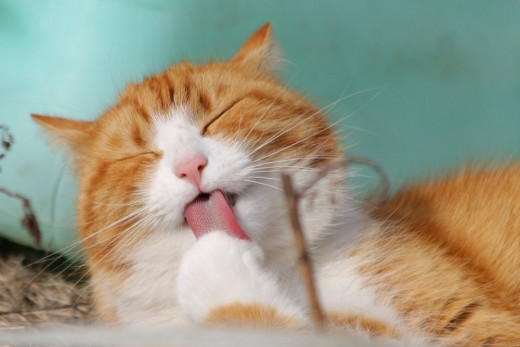
There are many natural treatments available to help with your allergy symptoms. It is a good idea to keep the windows closed when you are sleeping as the pollen counts are usually highest in the early morning hours.
Also if you like to hang your bedsheets outside to dry, you should dry them in a dryer or inside during allergy season.
One of my favorite natural remedies is nasal flushing using a Neti Pot. It looks somewhat like a small teapot that you add warm water and organic sea salt to make a saline solution.
While tilting your head to the right side you will place the spout into your left nostril and the water will run out the right side. Reverse to clean out the other side. This is very therapeutic and helps in getting the pollen out of your sinuses and nose.
You will be able to find the neti pot and instructions at your local health food store or online.
An extract from Butternut, a plant that is native in Europe, Africa, and Asia can provide relief. It is an over-the-counter antihistamine that gives relief after using it for two weeks.
The good news is that butternut extract does not have the side effects of drowsiness that often accompany other types of antihistamines.
Quercetin, which is a flavonoid found in red wine, grapefruit, onions, and apples and available as a supplement can inhibit the histamine release that causes all the allergic reactions.
Another extract called Stinging Nettle inhibits some of the cellular responses from seasonal allergies. It is important to note that if you take blood pressure medication, are on blood thinners or water pills, or have diabetes you should talk to your doctor before using stinging nettle.
Acupuncture may be another alternative to help relieve your allergies. There have been a number of studies that have found this method very successful in combating allergies and it is also a safe treatment.
No matter what alternative treatment you are thinking of perusing, it is always a good idea to talk to your health care practitioner before starting any kind of treatment especially if you are pregnant or breastfeeding.
Types of Allergies to Cats
Books on Cat Allergies

Cat Anti-Allergens

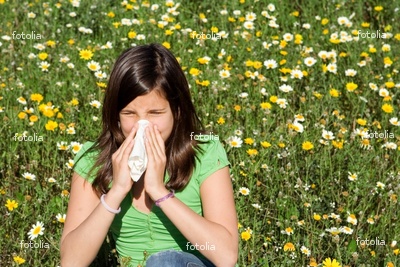
Four Ways to Fight Allergies
Be Proactive: To keep allergies under control, supplement with 600 mg of quercetin twice daily between meals, suggests Randy Horwitz, M.D., Ph.D., medical director of the Arizona Center for Integrative Medicine.
An antioxidant, quercetin helps stop cells from releasing histamine, a chemical that sets off symptoms in response to allergic triggers. It can take four to six weeks for quercetin to work, so ideally you should start supplementing about six weeks before allergy season.
That said, it can still help if taken later. Also, try nettle leaf; take 500 mg two to three times daily.
Use a Rinse: Cleansing your nasal passages regularly helps keep them clear and washes away potentially irritating allergens, which can thwart allergic reactions. It also can help relieve allergy symptoms.
Use a neti pot, a traditional Indian vessel with a spout that pours directly into your nose; rinse morning and night with 1/4 teaspoon of salt mixed with 1 cup of warm water.
Rethink Your Diet: Nasal symptoms from seasonal allergies are mainly due to an inflammation of your nasal membranes. Following an anti-inflammatory diet of foods rich in antioxidants (brightly colored fruits and vegetables) and omega-3s (fish such as salmon and herring, ground flaxseeds, walnuts) can go a long way to stamping out symptoms.
Indeed, several studies show that kids with diets high in certain fruits, vegetables, and fish are less likely to experience allergy symptoms such as wheezing.
Cut back on milk and milk products, which contain proteins that may increase mucus production – the last thing a runny nose needs.
Try Hypnosis: Several studies suggest that using hypnosis – a trancelike technique that leaves you more open to suggestions – can deliver allergy relief.
A report from Switzerland’s University Hospital Basel, for instance, found that allergy sufferers who were taught self-hypnosis saw significant improvements in symptoms and well-being over the course of a year.
You can encourage your immune system to “unlearn” its usual response to allergens and keep symptoms at bay.
Become a Hubber. . .
Are you interested in creating your own HubPages? You get to meet new people and you can make revenue from Adsense and other revenue streams on your pages. JOIN HUBPAGES NOW - JUST CLICK HERE.
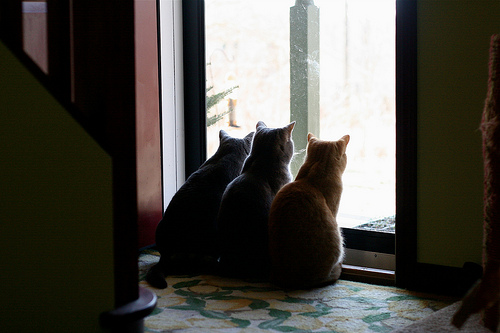
Useful Cat Allergy Links
- Cat Allergies - Top Ten Steps for Reducing Allergies to Cats
Cat Allergies. Top Ten Steps for Reducing Allergies to Cats by guest writer Mercia Tapping. - Cat Allergies -- Cat Allergy
Allergy to cats is extremely common and can be a major problem even for people who don't own cats. Find out why cat allergy occurs, where the allergy comes from and ways to control symptoms. - Allergic to Cats - Help and Information
What causes people to be allergic to cats. Cat dander is a problem. Information about cat breeds that are hypoallergenic. - Allergic, but determined to keep the cat - TODAY Health
Americans love their pets and they are loath to part with their furry friends even if it means a lifetime of hacking, wheezing and itchy, watery eyes. - Managing your asthma and your seasonal allergies
The Balancing Act campaign aims to raise awareness of the link between asthma and seasonal allergies, and to help you understand how to manage the symptoms of both conditions together in order to stay healthy and enjoy daily activities more. - Allergic Living Magazine
Allergic Living is a quarterly magazine providing news, support, recipes and articles for people dealing with serious food allergies, asthma and environmental allergies. - American Academy of Allergy Asthma and Immunology
The American Academy of Allergy, Asthma & Immunology is the largest professional medical organization in the United States devoted to the allergy/immunology specialty. - Allergy/Asthma Information Association
The mission of the AAIA is to create safer environments and improve quality of life for Canadians affected by allergy, asthma, and anaphylaxis by empowering individuals and providing education, leadership, and a national voice. - Allergy Symptoms, Causes and Signs
Get the facts about allergic reactions, causes, allergy types (food, dust, mold, seasonal), symptoms and signs (skin rash, itching, red bumps, sneezing). - Allergies
Allergies are more common than ever, affecting up to 1 in 3 people. From basic concepts to in-depth discussion of specific allergic diseases, a board-certified allergist makes allergies simple to understand in this complete resource. - Allergies - Symptoms, Treatment and Prevention
Up-to-the-minute news coverage of national, regional and international news enhanced with audio and video clips and photo galleries. - All About Cats

